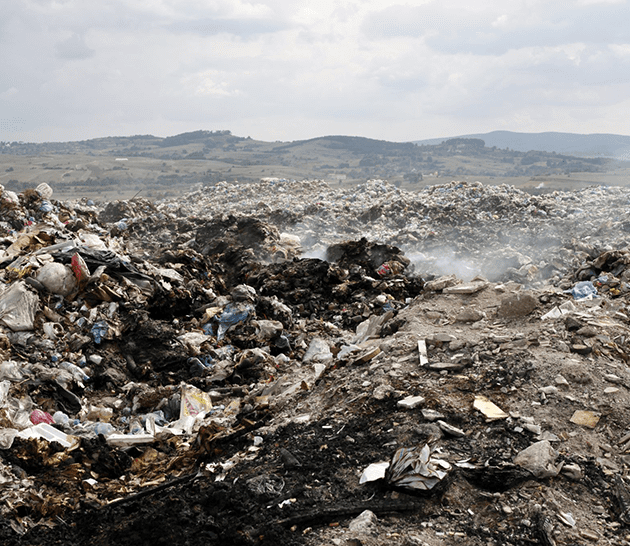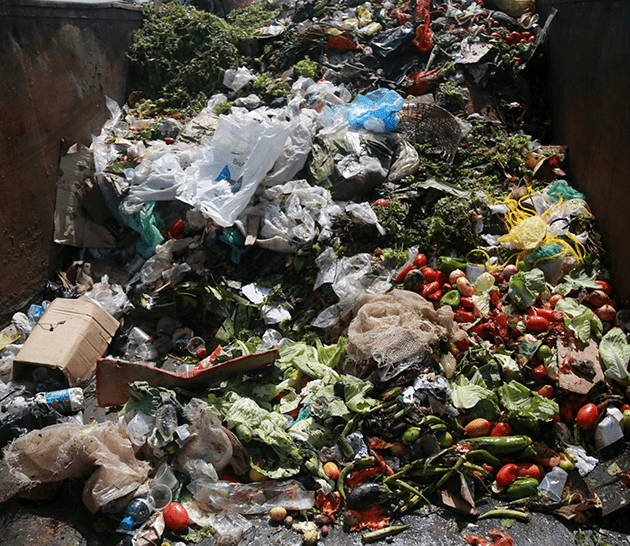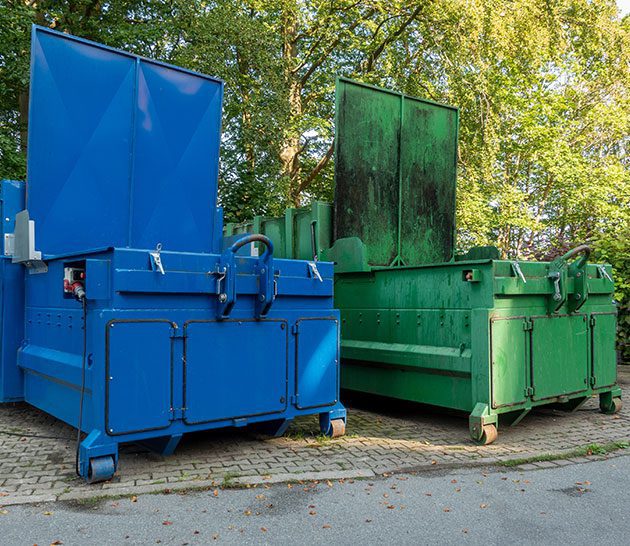Waste Production and Waste to Landfill
Solid waste and food waste sent to landfill have detrimental effects on the environment and local communities.
Reducing the production of solid waste at our facilities, improving our landfill diversion rate, and reducing the amount of food loss and waste arising from our business are top priorities for us.


Reducing waste production at our operations
We continue to conduct solid waste audits annually through our facility auditing and action plan program to identify opportunities to reduce our solid waste. Initiatives to reduce solid waste include:
– Sending organic waste to anaerobic digestion facilities to be repurposed
– Making advancements to our recycling programs across our facilities
– Using less packaging material or more reusable, recyclable or compostable packaging material for our finished products.
Reducing waste sent to landfill
While it is important to us to reduce the amount of waste we are producing, it is equally important that we reduce the amount of waste that is being sent to landfill. In 2023, we had a strong landfill diversion rate of 93.5% and we continue to explore opportunities to move the needle. Our New Hamburg Hatchery facility has achieved a landfill diversion certification for the fourth year in a row through GreenCircle Certified LLC. The facility diverts 99% of its waste from landfill and the team at New Hamburg has placed a focus on waste diversion opportunities over the past several years with the majority of the material derived at the facility going to rendering, recycling and composting. In addition, we have several facilities that have a landfill diversion rate above 95% and we are exploring certification opportunities.

Solid Waste Disposal Method (2023):
91%
6.5%
0.1%
2.2%
0.1%
0.1%
This chart shows a breakdown of our solid waste in 2023.

Reducing food loss and waste
Based on globally-accepted standards and protocols, we define “food loss” as the discarding of food that occurs from production through to processing, and “food waste” as the discarding of food once it’s a finished product ready for distribution. Examples of food loss include foreign contamination, ingredient expiry, and edible foods that hit the floor during production and processing. Examples of food waste include spoilage or finished products that weren’t packaged properly, or didn’t meet our standards.
We are committed to reducing the amount of food loss and waste produced, and the amount that is being sent to landfill.
Initiatives we have implemented to reduce food loss and waste include:
- Improved inventory management
- Equipment upgrades
- Piloting systems that recover residual products from piping
- Avoiding contamination, spoiling or foreign materials
- Ensuring proper training at all touchpoints
Food Loss and Waste by Disposal Method (2023):
86.2%
11%
0.4%
2.4%
This chart shows a breakdown of our solid waste in 2022.
2023 Integrated Report
We’re documenting and calculating all the changes we’re making. See our progress in our 2023 Integrated Sustainability Report.